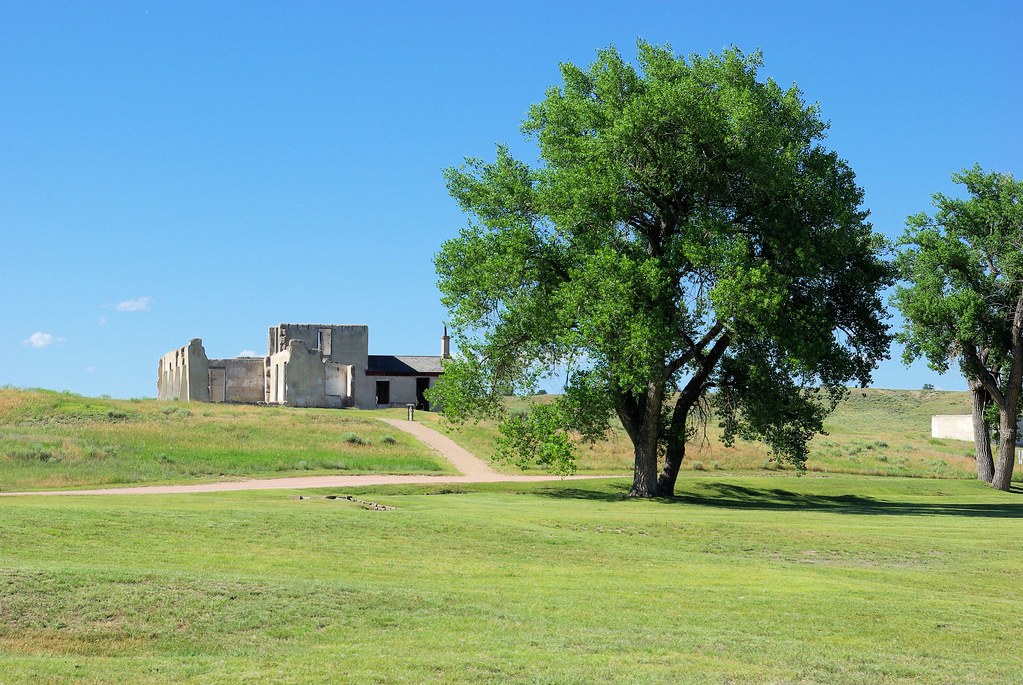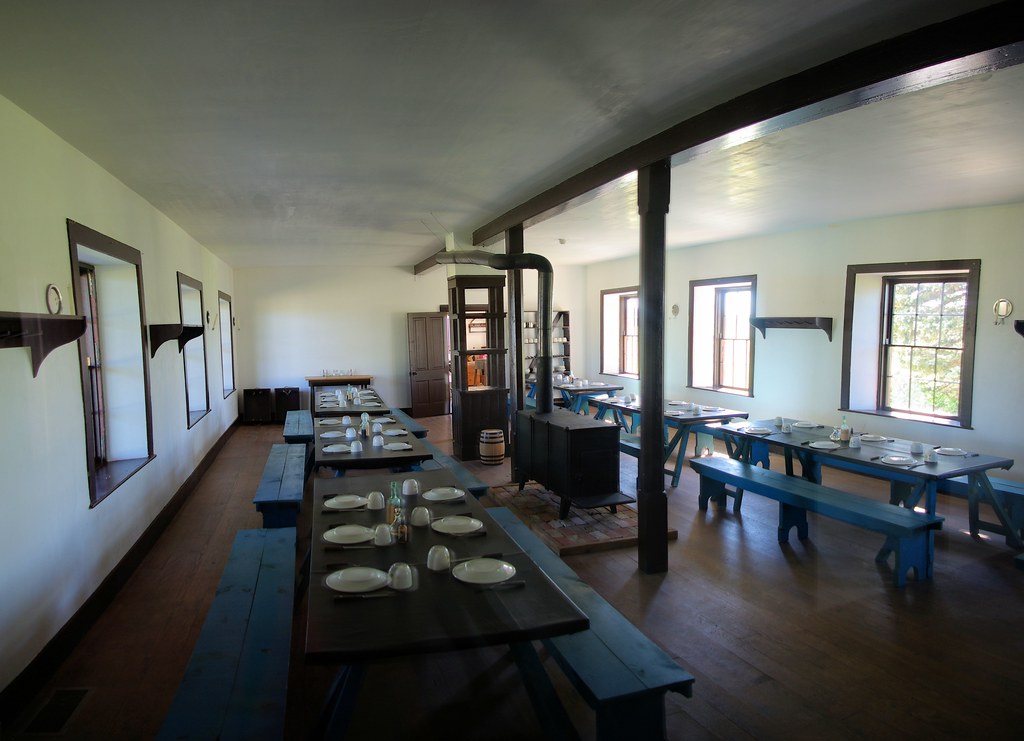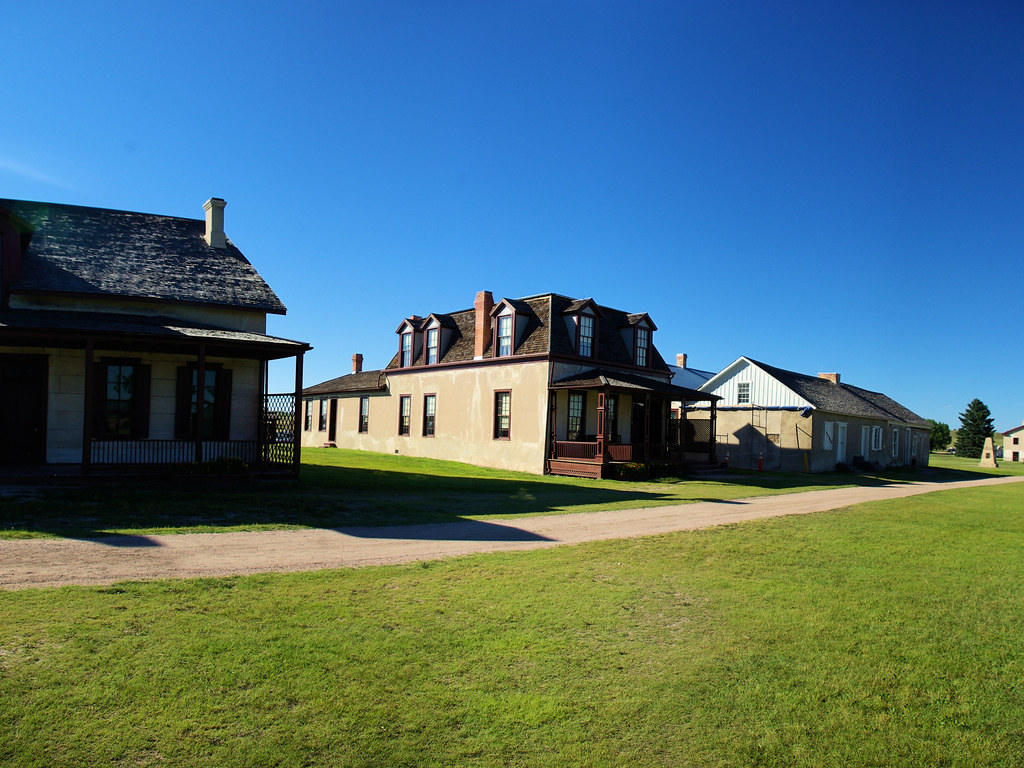Three from the Road #22 – 2010 trip1
Originally established as a private fur trading fort in 1834, Fort Laramie evolved into the largest and best known military post on the Northern Plains before its abandonment in 1890. The original post, named Fort William by its founders, Robert Campbell and William Sublette, was rectangular and small – just 100 by 80 feet – the palisade formed by cottonwood logs, hewn 15 feet high. In 1841, rivalry with a competing fort led the owners to replace Fort William with a larger, adobe walled structure they named Fort John. The U.S. Army purchased Fort John in 1949 as a part of a plan to establish a military presence along the emigrant trails and, on June 26, the post was officially renamed Fort Laramie, beginning a half century tenure as a military fort. “As the years went by, the post continued to grow in size and importance. Fort Laramie soon became the principal military outpost on the Northern Plains. Fort Laramie also became the primary hub for transportation and communication through the central Rocky Mountain region as emigrant trails, stage lines, the Pony Express, and the transcontinental telegraph all passed through the post.”2

From 1890 when the Army hauled down the flag for the last time until 1938 when the Federal Government reclaimed the place as a National Monument, a span of almost a half-century, Fort Laramie slept in the sun, dreaming of faded glory. Although a few perceptive individuals recognized its lingering historic value, and many visited it out of curiosity, its status during this period was that of a country village, not altogether deserted but looking rather forlorn, like a tornado-ravaged community which never bothered to rebuild.
The desolation was the result of the wholesale demolition of buildings that occurred in 1890 and the decade following. This is not to condemn those responsible because in the 1890s there was a scarcity of local lumber for construction and there was no thought, in or out of Government, of reserving Fort Laramie for future park purposes. Indeed, it would be 25 years before anyone of record would suggest publicly that the few buildings remaining should be preserved for posterity.3

Our visit to Fort Laramie on July 9, 2010, was late in the day after stopping at several other places. We were tired and didn’t spend as much time looking through the fort as we would have liked to – and we still were an hour away from where we planned to stop.
Endnotes
- Three from the Road is a series sharing images from places we’ve visited. Initially, each post included thee images, related by a randomly selected location or topic. Posts now may be random choices or pre-planned sequences. This post is in a series sequentially sharing images from our 2010 trip west.
- Fort Laramie: Crossroads of a Nation Moving West – National Park Service
- Fort Laramie as Country Village and Historic Ruin – Park History, 1834-1977, National Park Service, page 40 of 266,
References


